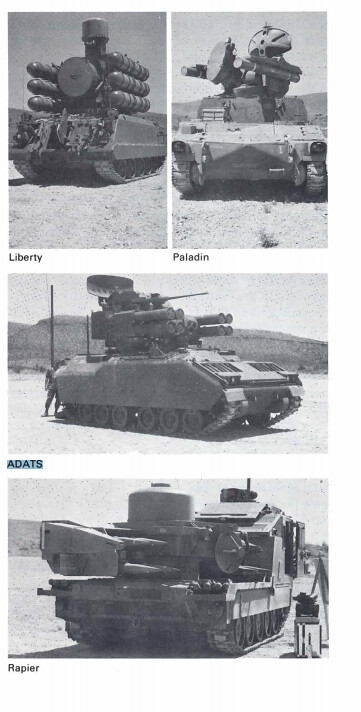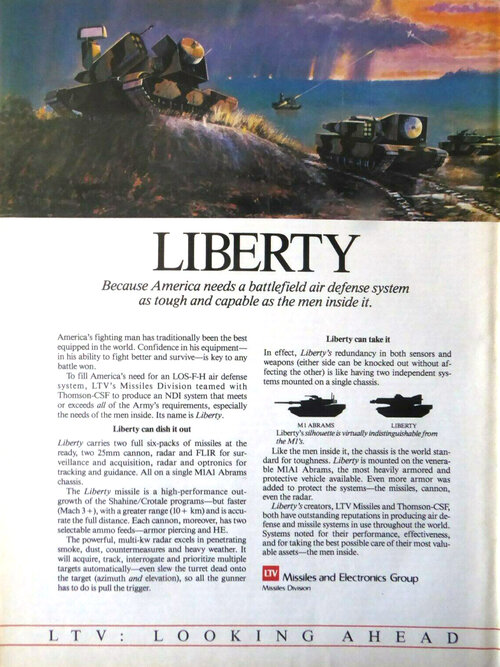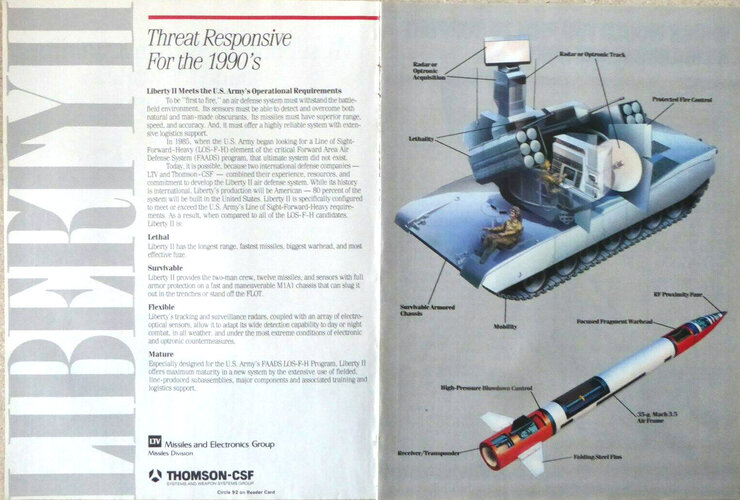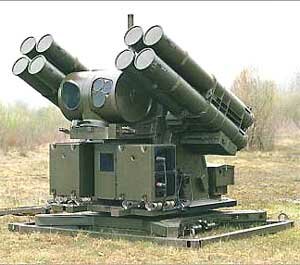BB1984
I really should change my personal text
- Joined
- 21 August 2011
- Messages
- 121
- Reaction score
- 200
Lot of stuff there . . . but the most fundamental appears to be we have different definitions of what an IADS is supposed to do and far different takes on the '73 war.
IMHO, the purpose of any IADS (from WWII Flak to the present day) is not to shoot down airplanes; the mission of IADS is to prevent the enemy air force from achieving it's tactical/strategic goals. Certainly shooting down planes helps enormously with that goal, but it is not the primary goal.
IMHO, the purpose of any IADS (from WWII Flak to the present day) is not to shoot down airplanes; the mission of IADS is to prevent the enemy air force from achieving it's tactical/strategic goals. Certainly shooting down planes helps enormously with that goal, but it is not the primary goal.
- In pre-PGM days, if AAA/MANPADS/Short-Range-SAM forced the enemy to attack from a higher altitude, then this was a huge success because higher altitudes meant much less accurate, inefficient air support and made CAS very difficult.
- Yes, this would usually mean you have to shoot some planes down when they are operating low, but then when the air force adjusts tactics and flies higher, the air defenses are still going to fire with much lower hit probability. So if you measure kills per SAM or kills per thousands of rounds of AAA fire, then the statistics will be horrible but the air defenses are still having a huge operational impact by greatly reducing the effectiveness of the enemy air force.
- We saw this in the '73 war, where a huge and effective IAF response was a key party of Israeli defense planning and that failed because of the unexpected effectiveness of the SAM envelope.
- This doesn't mean that the IAF did nothing, just that it was much less effective and much less efficient (in terms of damage done vs. damage received) than had been anticipated.
- This meant that the war became a contest between ground armies and this was the real goal of the IADS; how many missiles it took per plane shot down is irrelevant to that goal of enabling the Arab ground armies. It was only after the Israeli forces were defeating the Arabs on the ground, thus disrupting the IADS, that the IAF got back up to full effectiveness.
- "Big missiles simply aren't good at killing planes when launched from big trucks." can similarly miss the point.
- If the big missiles don't hit anything but force the planes down into the engagement envelope of smaller missiles and AAA, then the big missiles are doing their job and making a big contribution to the battle, even if shoot downs are rare.
- Planes flying low and fast to avoid high altitude capable missiles have shorter ranges with lower payloads than "bomb trucks" which can cruise slowly at higher altitudes, so again, forcing attackers to change tactics has big operational gains even if few planes are shot down.
- There is also the issue of degrading the efficiency of an attacking air force by forcing that air force to divert large amounts of resources to EW and SEAD. Every plane flying EW or SEAD is one less plane dropping bombs on operational targets.




